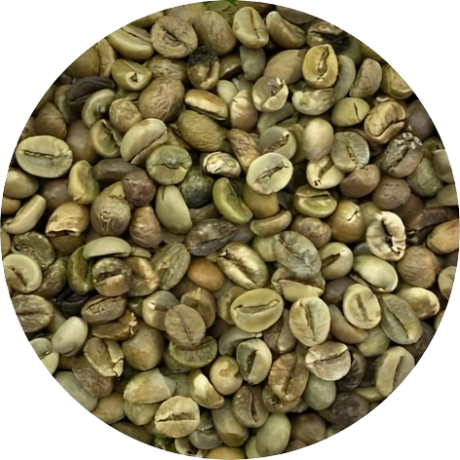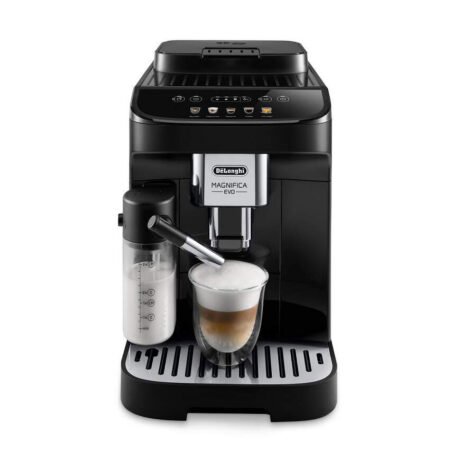Flores Coffee earns a devoted following because it delivers clarity and sweetness without sacrificing body. Grown on volcanic highlands in Indonesia’s Lesser Sunda Islands, Flores shows a recognizable flavor architecture—cocoa, vanilla, sweet citrus, and gentle spice—supported by careful shade-grown agroforestry and improved post-harvest discipline. When you match the right roast with precise brewing, the cup reads silky, aromatic, and origin-true.
The Main Entity: What Defines Flores Coffee
Flores Coffee refers primarily to Arabica produced in districts such as Ngada (Bajawa), Manggarai (Ruteng), Ende, and parts of Sikka, typically between 1,200–1,800 m. Volcanic soils, distinct dry seasons, and diurnal temperature swings slow cherry maturation, concentrating sugars and aromatics. Producers export fully washed, wet-hulled, honey, and natural lots; washed and honey highlight brightness and vanilla, while wet-hulled emphasizes palm-sugar depth and plush body. The result is a cup that feels cleaner and brighter than many Sumatran profiles while retaining comforting chocolate and spice.
The Allure of Flores Coffee
A Flavorful Journey
Open a bag of Flores and the aromatics land first: cocoa nib, vanilla, sandalwood, and sweet citrus. On the palate, lively yet composed acidity meets a creamy body; the finish lingers with palm sugar and clove. This balance explains the coffee’s versatility—it excels as black filter and shines in milk drinks without turning heavy or bitter.
Why Flores Coffee?
Three forces drive loyalty. Terroir produces dense seeds with high soluble potential. Process upgrades—ripe picking, float sorting, cleaner fermentation, and raised-bed drying—lift clarity and sweetness. Community discipline—cooperatives standardize collection and QC—keeps lots consistent, so drinkers can rely on recognizable character across harvests.
Flavor Notes and Varieties
Savoring the Distinctive Tastes
- Aromatics: cocoa, vanilla, sandalwood
- Acidity: sweet citrus (orange, pomelo), gentle malic
- Body: creamy to syrupy depending on process
- Finish: palm sugar, clove, toasted nut
Arabica vs. Robusta: A Flavorful Rivalry
Flores is Arabica-dominant at elevation; Robusta grows lower for local blends. Choose washed or honey Arabica for clarity, fruit, and vanilla sweetness; select wet-hulled Arabica for chocolate-forward body and a longer finish. Robusta offers crema and punch for traditional blends but lacks the layered aromatics that define Flores Arabica.
Brewing the Perfect Cup
The Homebrewing Experience: Choosing and Storing
Buy fresh, traceable lots with a printed roast date. Align roast with method: light–medium for filter clarity, medium for gravity brewers or milk drinks. Once opened, protect aromatics with airtight, opaque storage and a deliberate usage cadence; proven practices live in this freshness guide and storage fundamentals.
Mastering the Art of Brewing (Exact, Repeatable Recipes)
Flores rewards precision. Weigh dose and water every time, and log changes so good cups become repeatable. Ratio discipline starts here: Perfect coffee measurements.
Pour-Over (V60/Kalita) — clarity & sweetness
- 18 g coffee → 270 g water (1:15) at 92–95 °C
- Medium grind; total time 2:45–3:30
- Bloom 40–50 g for 30–45 s; finish with steady pulses keeping the bed flat
Tighten timing and flow with Brewing time: pour-over coffee.
French Press — body without muddiness
- 28 g coffee → 392 g water (1:14) at 93–96 °C
- Medium-coarse; 4:00 immersion
- Break crust, skim oils, press gently, and decant immediately
Dial ratio and texture using The art of French press: coffee ratio.
Espresso (for milk drinks)
- 18 g in → 36–40 g out in 25–32 s at 92–93 °C
- Medium roast wet-hulled or natural lots amplify caramel and spice in cappuccinos.
Fast tuning rules
- Bitter/ashy → coarser grind, −1–2 °C, shorten time 10–15 s
- Sour/thin → finer grind, +1–2 °C, extend time 10–20 s
Flores Coffee Culture
Beyond the Cup: A Social Ritual
In Flores, coffee anchors hospitality. Morning brews accompany market chatter; afternoon cups bookend field work. The sharing of coffee establishes trust, and seasonal celebrations often revolve around harvest and drying—a cycle that locals preserve with pride.
Exploring Flores Through Coffee Tourism
Travelers can visit highland villages near Bajawa or Ruteng to see shade-grown agroforestry, fermentation tanks, and raised beds in action. Tasting washed, wet-hulled, and honey lots side by side clarifies how processing shapes the same terroir into different textures and aromas—an education that deepens enjoyment back home.
Sustainability and Community
Supporting the Roots: Local Farmers
Buying Flores Coffee sustains smallholder livelihoods and incentivizes quality. Cooperative models fund sorting stations, moisture meters, and training that directly translate to sweeter, cleaner cups.
A Sustainable Future
Healthy soils and diversified shade trees stabilize yields and preserve ecosystems. Producers investing in composting, mulching, and controlled drying reduce defects and increase shelf life. Farm-to-roaster programs reinforce transparent contracts and timely payments—real levers for long-term quality. Broader context on production ethics and environmental safeguards lives in this sustainability overview.
FAQs
What flavor should I expect from Flores Coffee?
Cocoa-vanilla aromatics, sweet citrus acidity, creamy body, and a palm-sugar, lightly spiced finish.
Which process should I choose first?
Start with washed for clarity and citrus; try wet-hulled next for chocolatey body and a longer finish; explore honey/natural for elevated fruit sweetness.
What’s the best home method for Flores?
For black coffee, pour-over maximizes clarity (use the recipe and timing discipline in the pour-over guide). For weight and comfort, use the French press recipe above.
How do I keep flavors consistent?
Weigh dose and water, control temperature, and adjust grind in small steps. Log changes so you can repeat wins.
How should I store Flores Coffee after opening?
Use airtight, opaque containers, keep cool and dry, and rotate smaller bags. Follow the storage and freshness guides linked above to preserve aromatics.





